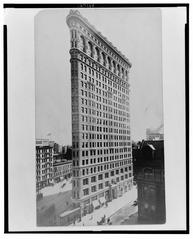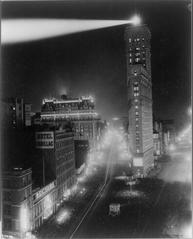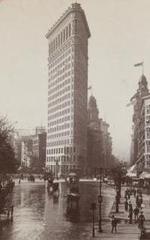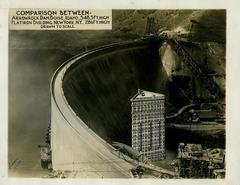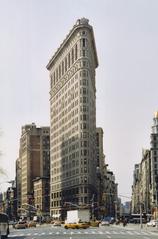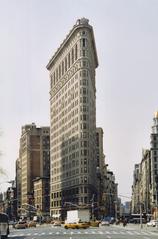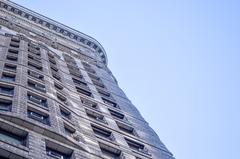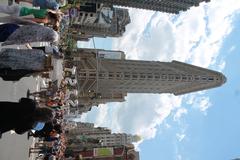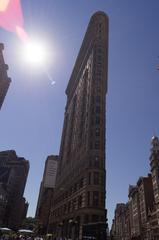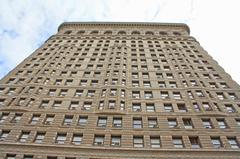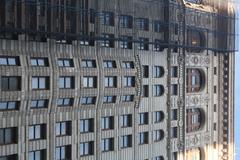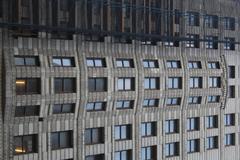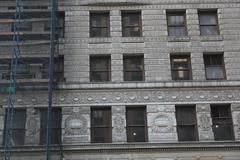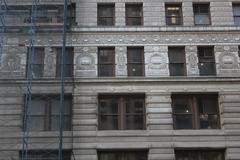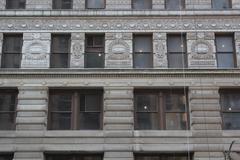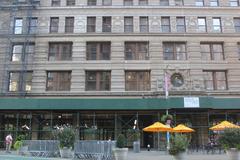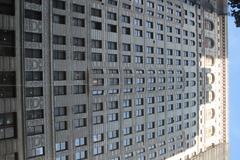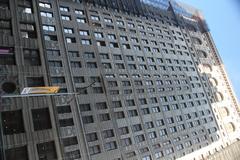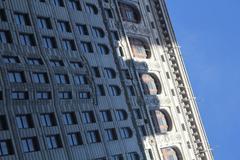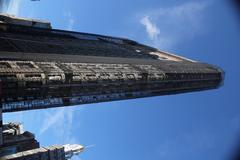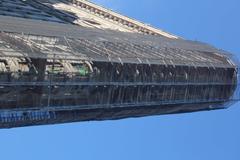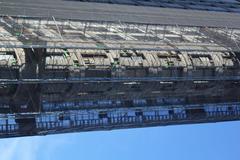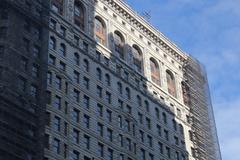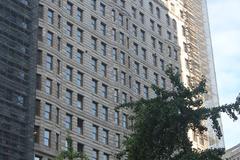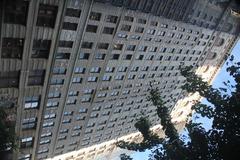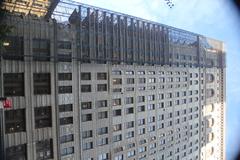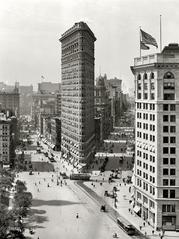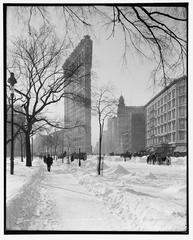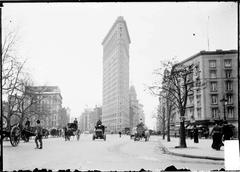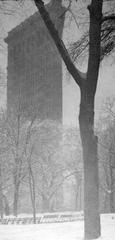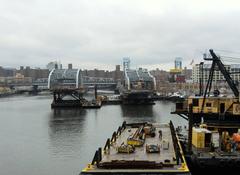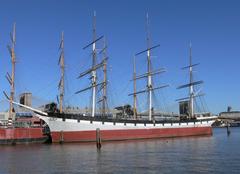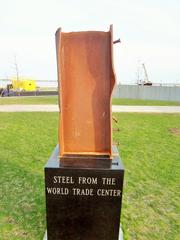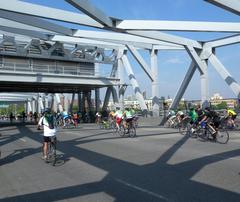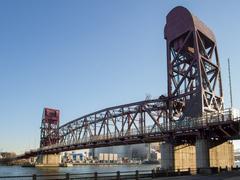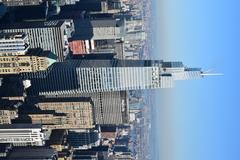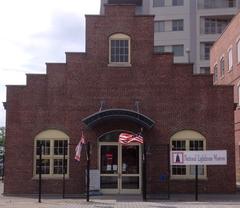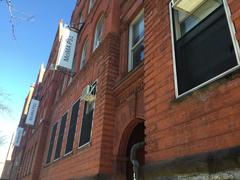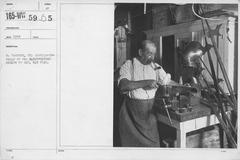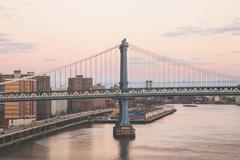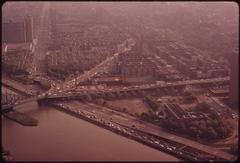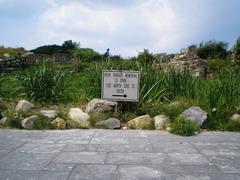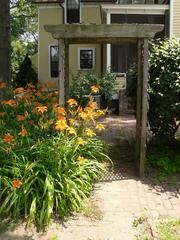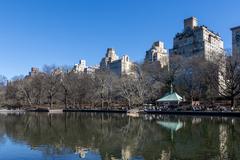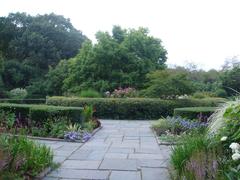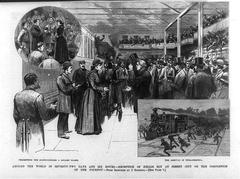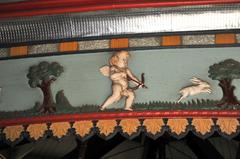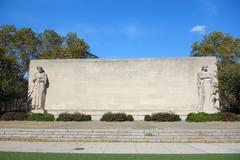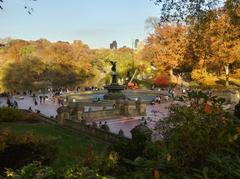
Flatiron Building Visiting Guide: Hours, Tickets, and Historical Sites
Publication Date: 17/07/2024
Introduction to the Flatiron Building
The Flatiron Building stands as one of New York City’s most iconic landmarks, renowned for its unique triangular shape and significant place in architectural history. Completed in 1902 and originally known as the Fuller Building, this 22-story skyscraper was designed by the distinguished architect Daniel Burnham. The building’s distinctive form, dictated by the triangular plot at the intersection of Fifth Avenue, Broadway, and East 22nd Street, has made it a favored subject for photographers and artists alike (NYC Architecture).
The Flatiron Building is more than just a marvel of architectural design; it also holds substantial cultural and historical significance. As one of the earliest skyscrapers constructed with a steel-frame structure, it marked a turning point in urban development and architectural techniques at the turn of the 20th century. The building’s Beaux-Arts style, characterized by classical details and elaborate ornamentation, adds to its visual appeal and historical importance (Skyscraper Museum).
Situated in the vibrant Flatiron District, the building has influenced the economic and cultural landscape of its surroundings. The district, once a bustling commercial hub, has evolved into a neighborhood known for its historic architecture, trendy restaurants, and boutique shops, making it a popular destination for both locals and tourists (Flatiron/23rd Street Partnership).
Today, while the interior of the Flatiron Building is not open to the public, its exterior remains a testament to New York City’s rich architectural heritage. Visitors can admire its unique design from the surrounding streets and public spaces, particularly from Madison Square Park, which offers a picturesque setting for viewing and photographing the building (NYCgo).
Contents Overview
- Introduction
- History of the Flatiron Building
- Architectural Vision and Design
- Construction and Engineering
- Early Reception and Cultural Impact
- The Flatiron District
- Preservation and Renovation
- The Flatiron Building in Popular Culture
- Current Use and Future Plans
- Visitor Experience
- Visitor Information
- Special Events and Tours
- FAQ
- Conclusion
History of the Flatiron Building
Architectural Vision and Design
The Flatiron Building, originally known as the Fuller Building, is an iconic triangular skyscraper located at 175 Fifth Avenue in Manhattan, New York City. Designed by architect Daniel Burnham and completed in 1902, the building stands at 22 stories tall and was one of the tallest buildings in the city at the time of its completion. The building’s unique triangular shape was dictated by the plot of land it occupies, which is formed by the intersection of Fifth Avenue, Broadway, and East 22nd Street. The design of the Flatiron Building was influenced by the Beaux-Arts style, characterized by its classical details and elaborate ornamentation (NYC Architecture).
Construction and Engineering
The construction of the Flatiron Building was a significant engineering feat for its time. The steel-frame structure allowed for the building’s height and distinctive shape. The building’s narrowest point, at the intersection of Fifth Avenue and Broadway, is only six feet wide. The use of a steel skeleton was a relatively new technique in the early 20th century, and it enabled the construction of taller and more complex buildings. The Flatiron Building’s steel frame was clad in limestone and glazed terra cotta, materials that were both durable and aesthetically pleasing (Skyscraper Museum).
Early Reception and Cultural Impact
Upon its completion, the Flatiron Building quickly became a symbol of New York City and a marvel of modern architecture. Its unusual shape and prominent location made it a popular subject for photographers and artists. The building’s name, “Flatiron,” was derived from its resemblance to a cast-iron clothes iron. The Flatiron Building’s distinctive form and prominent location at the intersection of major thoroughfares made it a focal point in the cityscape and a popular subject for postcards and photographs (NYC Landmarks Preservation Commission).
The Flatiron District
The area surrounding the Flatiron Building, known as the Flatiron District, has evolved significantly since the building’s construction. In the early 20th century, the district was a bustling commercial hub, home to numerous businesses and offices. Over the years, the area has transformed into a vibrant neighborhood with a mix of commercial, residential, and cultural spaces. The Flatiron District is now known for its historic architecture, trendy restaurants, and boutique shops, making it a popular destination for both locals and tourists (Flatiron/23rd Street Partnership).
Preservation and Renovation
The Flatiron Building has undergone several renovations and restorations to preserve its historic character and ensure its structural integrity. In 1997, the building was designated a New York City Landmark, recognizing its architectural and historical significance. In recent years, the building has been the subject of extensive restoration efforts, including the replacement of its terra cotta facade and the modernization of its interior spaces. These efforts have helped to preserve the building’s iconic appearance while adapting it to meet contemporary standards (NYC Landmarks Preservation Commission).
The Flatiron Building in Popular Culture
The Flatiron Building has been featured in numerous films, television shows, and works of art, cementing its status as a cultural icon. Its distinctive shape and prominent location have made it a popular backdrop for filmmakers and photographers. The building has appeared in movies such as “Spider-Man” and “Godzilla,” as well as in television series like “Friends” and “Gossip Girl.” The Flatiron Building’s unique form and historical significance continue to capture the imagination of artists and audiences alike (IMDb).
Current Use and Future Plans
Today, the Flatiron Building remains a functional office building, housing a variety of businesses and organizations. In recent years, there have been discussions about the building’s future, including potential plans for further renovations and adaptive reuse. The building’s owners have expressed a commitment to preserving its historic character while exploring new opportunities for its use. As one of New York City’s most recognizable landmarks, the Flatiron Building continues to be a symbol of the city’s architectural heritage and a testament to the innovative spirit of its creators (Curbed NY).
Visitor Experience
Visitor Information
- Address: 175 Fifth Avenue, Manhattan, New York City, NY
- Visiting Hours: The exterior of the Flatiron Building can be viewed at any time. However, the interior is not open to the public.
- Tickets: There are no tickets required to view the exterior of the building.
- Travel Tips: The Flatiron Building is easily accessible by public transportation. The nearest subway stations are 23rd Street (N, R, W) and 23rd Street (6).
- Accessibility: The surrounding area is accessible to individuals with disabilities.
Special Events and Tours
While the Flatiron Building itself does not offer tours, several guided tours in the Flatiron District include the building as a part of their route. These tours provide historical context and interesting anecdotes about the building and its surroundings. Check with local tour companies for schedules and prices (Flatiron/23rd Street Partnership).
FAQ
- Can I go inside the Flatiron Building? No, the interior of the building is not open to the public.
- Is the Flatiron Building open for tours? While the building itself does not offer tours, many local tour companies include it as a stop on their routes.
- What is the best time to visit the Flatiron Building? The building can be viewed at any time, but the best lighting for photographs is generally in the morning or late afternoon.
- Are there any restaurants nearby? Yes, the Flatiron District is known for its trendy restaurants and cafes.
Conclusion
The Flatiron Building’s rich history and architectural significance make it a must-see landmark for visitors to New York City. Its unique design, cultural impact, and ongoing preservation efforts ensure that it will continue to be a beloved symbol of the city for generations to come. Whether viewed from the bustling streets of the Flatiron District or the tranquil surroundings of Madison Square Park, the Flatiron Building remains an enduring icon of New York City’s architectural heritage. Be sure to explore nearby attractions, enjoy local dining options, and capture the perfect photo of this historic site.
